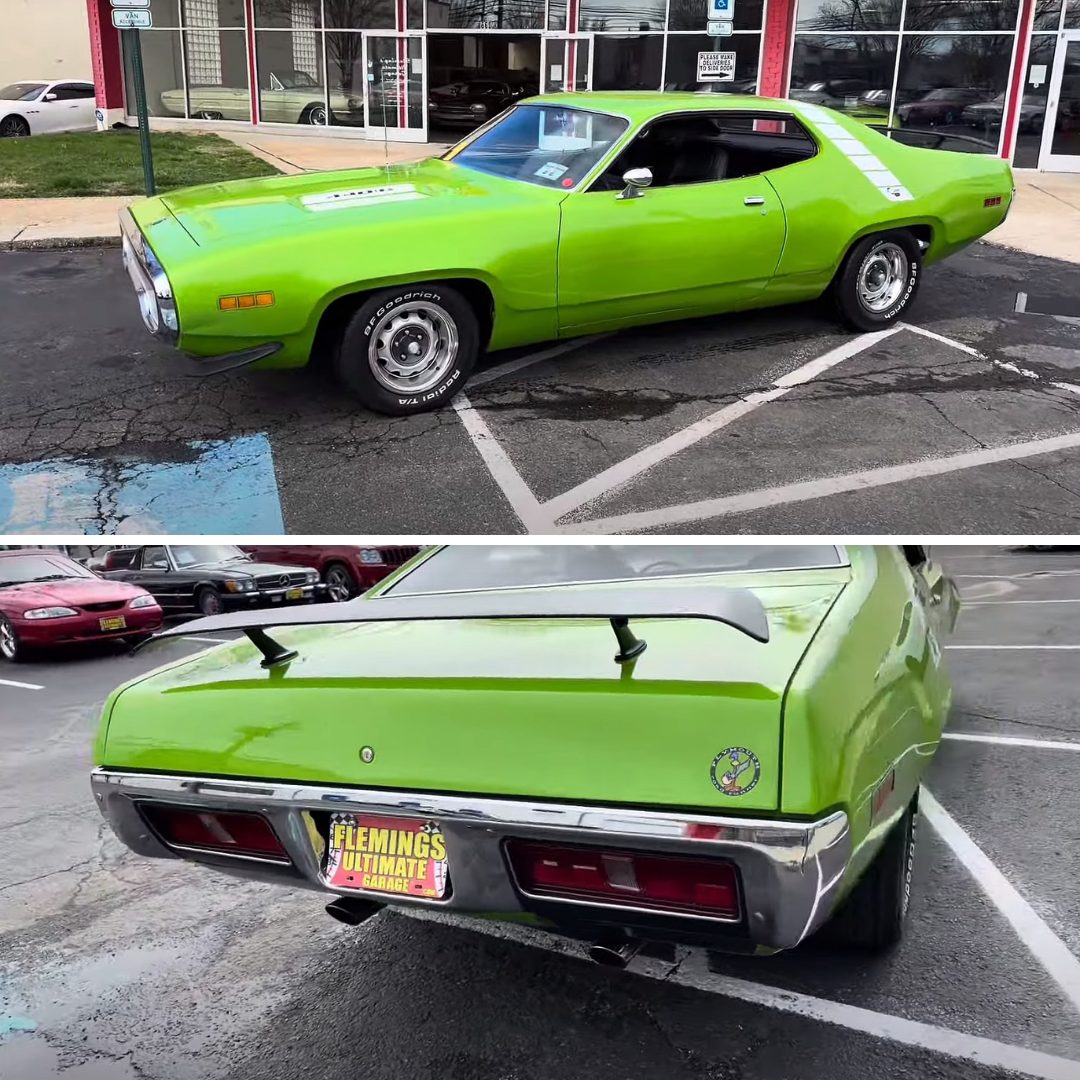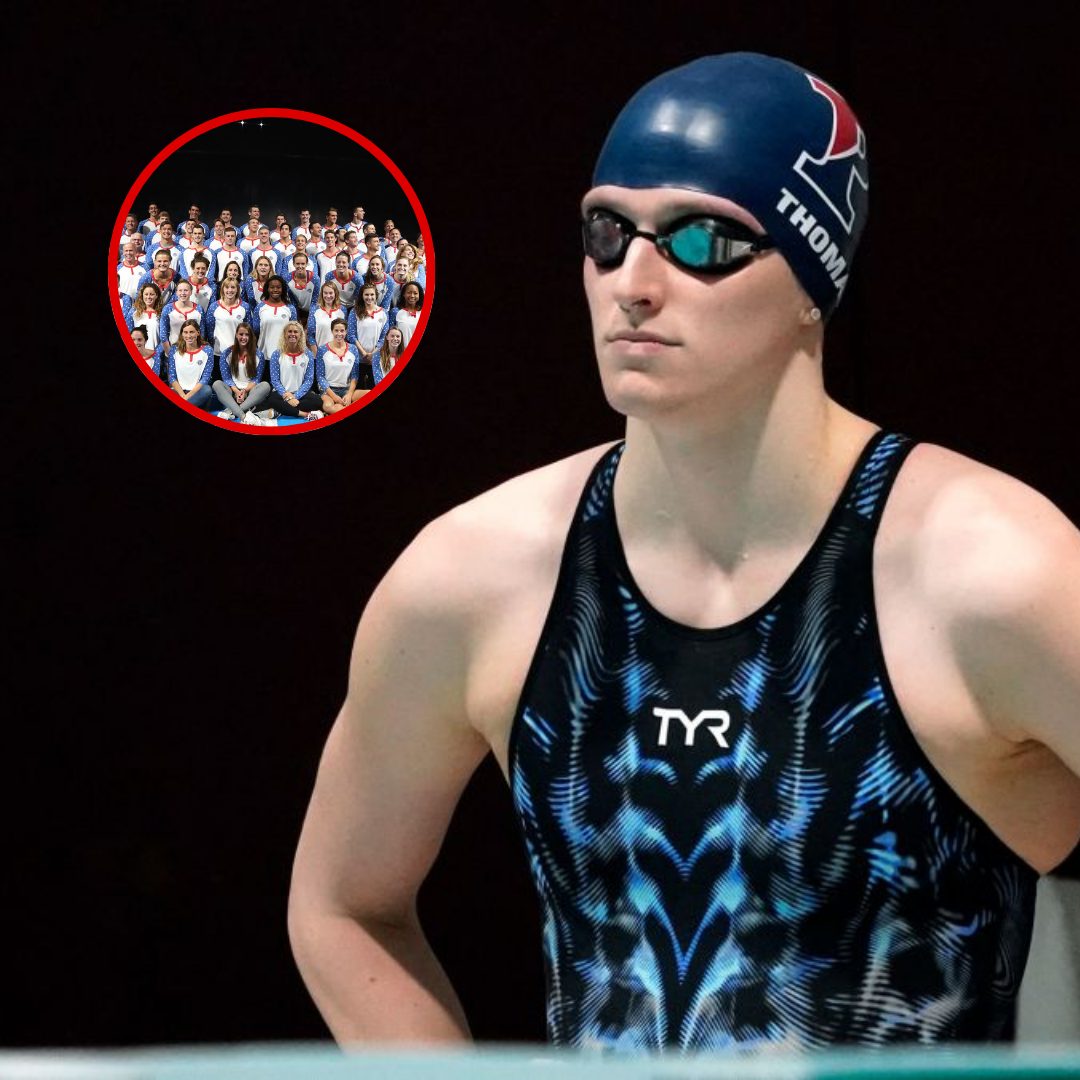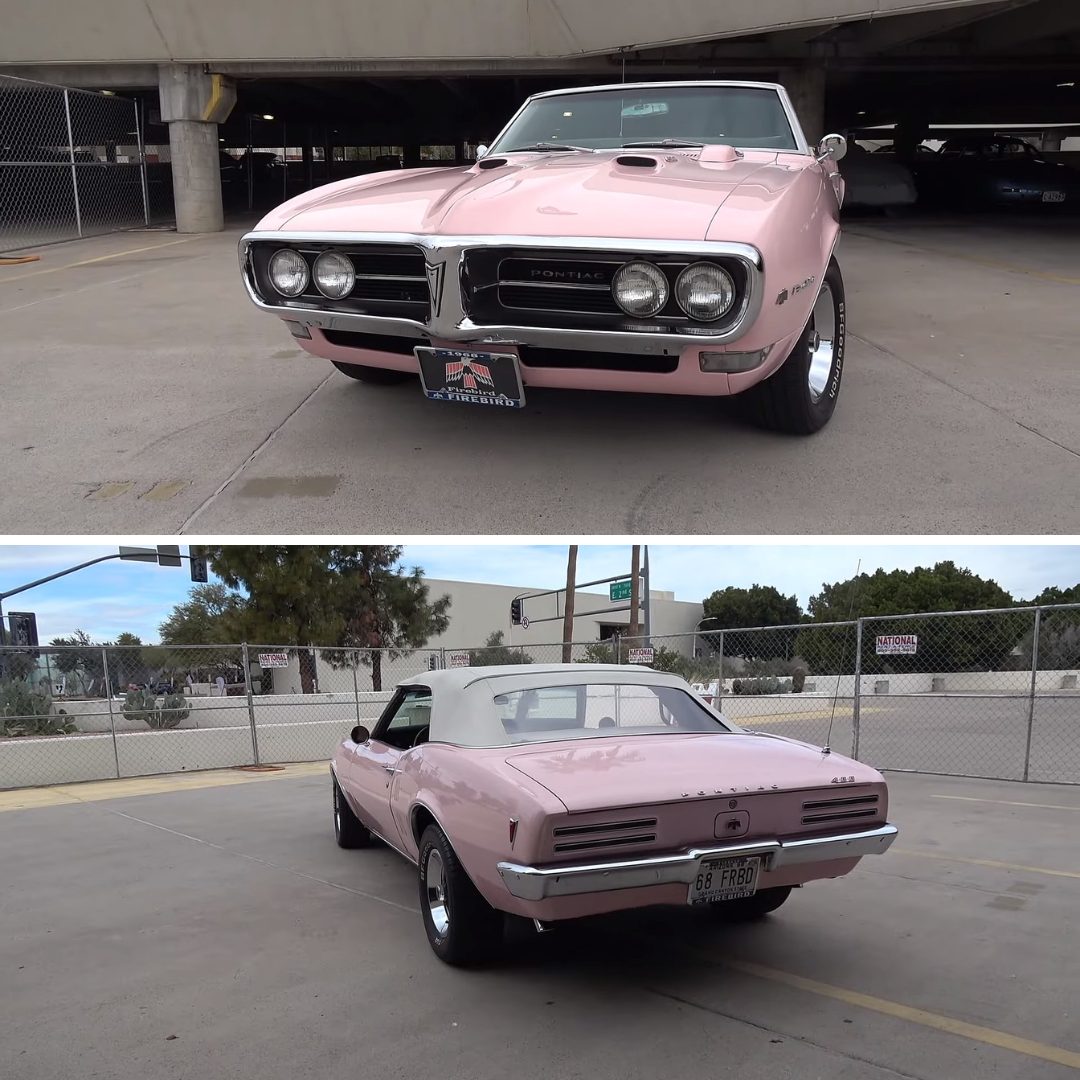On November 26, 1942, an important encounter took place in a remote rural area in Tunisia when US troops had just landed in North Africa to participate in the Mediterranean battlefield, while Nazi Germany also deployed forces. amount of response.
German tactics in Europe relied heavily on fast-moving tank formations with powerful firepower. In the empty desert terrain of North Africa, this plan was effective, while American soldiers had no experience fighting German tanks. However, this changed during the battle at Tunisia’s Chouigui Pass.
War History
.
Lieutenant Colonel John Waters then commanded a battalion of the US 1st Armored Division, but was attached to Blade Force, a force that was mainly British troops with a British commander. The battalion had three companies with about 60 M3 light tanks, supported by a platoon of three 75 mm howitzers and a platoon of 81 mm mortars. They did not have infantry, engineers and anti-tank guns with them, so they were vulnerable.
Opposing Waters was a mixed force of German and Italian reconnaissance units positioned along the route to Chouigui Pass to locate Allied troops. An Italian anti-tank unit also holed up with German paratroopers in a farm along the route.
The German formation consisted mainly of Panzer III and Panzer IV tanks, designed in the late 1930s to play a core role in the German armored force. The Panzer III tank is equipped with a 50 mm gun, while the Panzer IV has a more powerful 75 mm anti-tank gun.
The Axis forces organized two defenses close together on the Tunisian coast, around the ports of Brizerte and Tunis. Controlling the hills along the route to these towns gave them control over the entire area. The Allies needed to capture the hills and passes between them if they were to dislodge their opponents.
Blade Force was tasked with fighting the Axis near the central line, with two thrusts heading south toward Medjez el Bab. Meanwhile, the third nose is responsible for controlling one of the routes between Tunis and Bizerte. This is the road that runs through Chouigui Pass.
The American battalion commanded by Waters was in the third column. They were tasked with crossing the pass and scouting the forward area, including the bridges over the Medjerda River.
The operation through Chouigui Pass was initially successful. American soldiers wiped out weaker Axis units, bypassing the heavily defended farm before occupying the hills. They divided into reconnaissance posts around the Medjerda River and captured a bridge.
After reaching the top of a hill, the American tank force under the command of Major Rudolph Barlow discovered an unexpected target, which was a German airport with planes taking off and landing without strict protection. .
They immediately attacked, destroying guards, destroying planes and structures at the airport. A total of 20 German Bf-109 fighters were burned on the ground.
Both sides retreated after the battle. German soldiers were alarmed by false reports of Allied tanks appearing near Tunis, while Waters wanted to ensure the safety of his troops. German General Nehring was fiercely criticized by his superiors. Field Marshal Kesselring believed that the Allied forces would advance cautiously and that Nehring should not have withdrawn.
US Army
.
On November 26, 1942, American troops under the command of Waters returned to Chouigui Pass at the same time that General Nehring deployed a reconnaissance force drawn from the 190th Panzer tank battalion, including three Panzer III vehicles and 6 Panzer IV vehicles. .
The first American force the Germans saw was Company A under the command of Major Carl Siglin. German tanks immediately attacked without knowing that Company B under Colonel Bill Tuck was hiding behind a high mound.
The M3 tanks of Company B then opened fire. The 37 mm guns on American tanks did not have the destructive power of German tanks, but they were in a more favorable position than their opponents and had luck.
One of the first shots hit a Panzer below the crawler teeth. This position was only covered with thin armor, allowing the bullet to easily penetrate and set the German tank on fire.
The shot helped the American soldiers understand that their artillery was not powerful but was capable of shooting accurately within a range of 2.5 km and this discovery was disseminated to the entire company. By concentrating their fire in the area near the nose of the German tank, they were able to hit that weak spot. As a result, German tanks were continuously fired upon.
The Germans retreated after destroying 6 American light tanks and losing 7 Panzers. This was not a clear victory for the American army because the losses of both sides were quite similar. Major Carl Siglin was 𝓀𝒾𝓁𝓁ed in the fighting, but the Americans held out in their first engagement with their tough opponents, German tanks.







